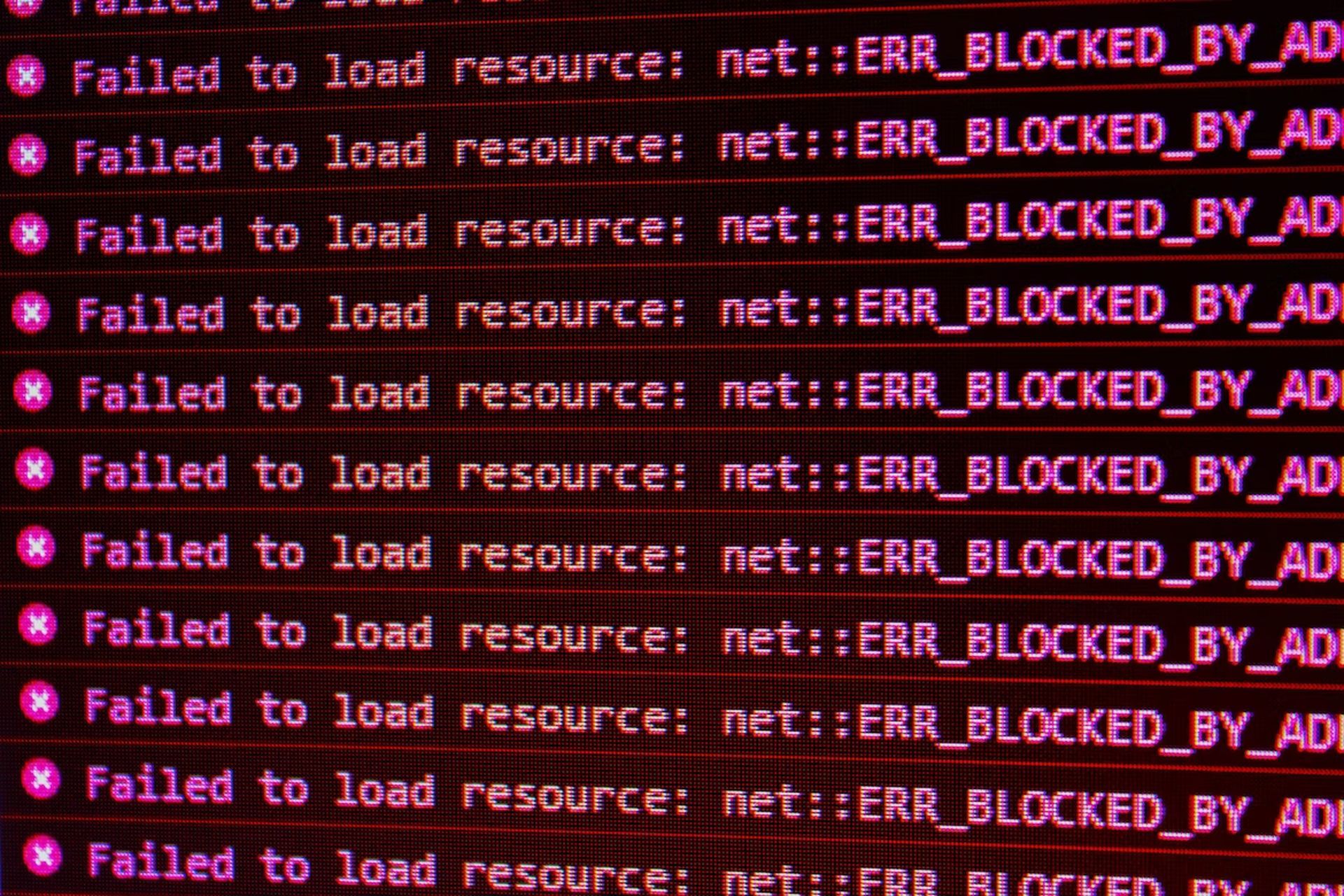Active learning (AL) is a key technique for most supervised machine learning models because they need a lot of data to be trained in order to operate properly. Most businesses have trouble giving data scientists access to this data, specially tagged data. The latter is essential for any supervised model to be trained and can end up being the main bottleneck for any data team.
Data scientists are frequently given large, unlabeled data sets and asked to use them to develop effective models. It becomes very difficult for data teams to train strong supervised models with that data since the volume of data is typically too enormous to label manually.
What does active learning mean in machine learning?
The abundance of unlabeled data is a major issue in machine learning since it is becoming increasingly affordable to collect and store data. Data scientists are now faced with more data than they can ever process. Active learning can come in handy at this point.
The algorithm actively chooses the subset of instances from the unlabeled data that will be labeled next in active learning. The basic idea behind the active learner algorithm is that if an ML algorithm were given free rein to select the data it wishes to learn from, it could achieve greater accuracy while utilizing fewer training labels.
As a result, during the training phase, active learners are welcome to ask questions interactively. These requests are typically sent as unlabeled data instances, and a human annotator is asked to label the instance. As one of the most effective examples of success in the human-in-the-loop paradigm, AL is now included in that paradigm.i

What is active learning?
A form of machine learning known as “active learning” allows learning algorithms to engage with users to categorize data with desired outcomes.
Interesting academical research called “A Survey of Deep Active Learning” stresses the efficiency provided by the AL techniques:
“Active learning (AL) attempts to maximize the performance gain of the model by marking the fewest samples. Deep learning (DL) is greedy for data and requires a large amount of data supply to optimize massive parameters, so that the model learns how to extract high-quality features.”
What are active learning and passive learning in machine learning?
Most adaptive systems in use today are constructed using active or passive learning strategies. Using a change or shift detection test, the learning model is updated using the active learning approach depending on the identified shift in the data stream. The learning system is continuously updated in a passive learning approach since it is assumed that the environment is constantly changing. There is no shift detection test necessary.
The touchstone of machine learning: Epoch
The phrase “active learning” is typically used to describe a learning system or problem where the learner has some control over selecting the data that will be utilized to train the system. This contrasts with passive learning, in which the learner is merely given access to a training set without other options.
What are the 3 types of learning in machine learning?
To teach a machine to learn and make predictions, detect patterns, or classify data, a lot of data must be fed to it. The type of machine learning is determined by the algorithm, which functions somewhat differently. Supervised, unsupervised, and reinforcement learning are the three different types of machine learning.
Supervised learning
According to Gartner, supervised learning will continue to be the most popular machine learning technique among enterprise IT professionals in 2022. This kind of machine learning feeds historical input and output data into machine learning algorithms, with processing added in between each input/output pair to enable the system to change the model and provide outputs that are as feasible to the intended outcome. Typ supervised learning techniques are typical neural networks, decision trees, linear regression, and support vector machines.

This type of machine learning is called “supervised” learning because you feed the algorithm information to aid in learning while it is being “supervised.” The remainder of the information you supply is used as input features, and the output you give the system is labeled data.
For instance, you might provide the machine with 500 instances of clients who defaulted on their loans and another 500 examples of clients who didn’t if you were seeking to learn about the connections between loan defaults and borrower information. The machine determines the information you’re looking for under the “supervision” of the tagged data.
This ML algorithm identifies undiagnosable cancers
Several commercial goals, such as sales forecasting, inventory optimization, and fraud detection, can be addressed with supervised learning:
- Determining the degree of fraud in bank transactions
- Assessing the riskiness of potential borrowers for loans
- Estimating the price of real estate
- Identifying disease risk elements
- Predicting the failure of mechanical components in industrial equipment
Unsupervised learning
Unsupervised learning doesn’t employ the same labeled training sets and data as supervised learning, which requires humans to assist the machine in learning. Instead, the machine scans the data for less evident patterns. This type of machine learning is particularly useful when you need to find patterns and use data to make judgments. Hidden Markov models, k-means, hierarchical clustering, and Gaussian mixture models are common unsupervised learning algorithms.

Let’s imagine, using the supervised learning scenario, and you had no idea which clients had defaulted on their debts or not. Instead, after receiving borrower data, the machine would analyze the data to identify patterns among the borrowers before clustering them into different groups.
Predictive models are frequently developed using this form of machine learning. Additionally, clustering and association, which identify the rules that exist between the clusters, are common uses. Clustering builds a model that groups things based on particular attributes. Several instances of use cases include:
- Grouping customers based on their buying habits
- Grouping inventories based on manufacturing and/or revenue metrics
- Identifying relationships in customer data
Reinforcement learning
The machine learning method that most closely resembles human learning is reinforcement learning. By interacting with its environment and receiving good or negative rewards, the algorithm or agent being employed learns. Deep adversarial networks, Q-learning, and temporal differences are common algorithms.

Recalling the bank loan client example, you may examine customer data using a reinforcement learning system. The algorithm receives a benefit if it labels them as high-risk and they go into default. They receive a negative reward from the algorithm if they don’t default. Both examples ultimately aid machine learning by improving its awareness of the issue and its surroundings.
This self-driving car remembers the past using neural networks
Since most firms lack the necessary computing power, most ML platforms do not have reinforcement learning capabilities, according to Gartner. Reinforcement learning can be used in situations that can be fully simulated, are immobile, or have a lot of pertinent data. This machine learning type is simpler to utilize when working with unlabeled data sets because it involves less management than supervised learning. This kind of machine learning is still being used in actual applications. Examples of certain uses are as follows:
- Teaching vehicles how to park and drive autonomously
- Adjusting traffic lights dynamically to ease congestion
- Using unprocessed video as input to teach robots how to follow the rules so they can copy the behaviors they observe
Bonus: Semi-supervised learning
A learning problem known as semi-supervised learning uses many unlabeled instances and a limited number of examples with labels.
These learning problems are difficult because neither supervised nor unsupervised learning algorithms can effectively handle combinations of labeled and untellable data. This necessitates the use of specific semi-supervised learning methods.

Semi-supervised learning bridges supervised and unsupervised learning techniques to address their main problems. With it, you initially train a model on a small sample of labeled data before applying it repeatedly to a larger sample of unlabeled data.
- Semi-supervised learning, as opposed to unsupervised learning, is effective for a wide spectrum of problems, including clustering, association, regression, and classification.
- Contrary to supervised learning, the method uses both large amounts of unlabeled data and small amounts of labeled data, which lowers the cost of manual annotation and shortens the time required for data preparation.
Is active learning supervised or unsupervised?
The technique of prioritizing the data that has to be labeled to have the most influence on training a supervised model is known as active learning. When there is too much data to label, and smart labeling needs to be prioritized because there is too much data to label, AL can be utilized.
So yes, active learning is a form of supervised learning and aims to perform as well as or better than “passive” supervised learning while being more efficient with the data gathered or used by the model.
What are the benefits of active learning?
Labeling data costs less time and money than active learning. Across a wide range of applications and data sets, from computer vision to NLP, active learning has been shown to yield significant cost savings in data labeling. This alone should be a sufficient explanation because data labeling is one of the most expensive components of training contemporary machine learning models.
Natural language processing fosters new protein designs
Model performance feedback is provided more quickly with active learning. Typically, data is labeled before any models are trained, or feedback is received. It frequently takes days or weeks of iterating on annotation standards and re-labeling before it is realized that the model’s performance is woefully inadequate or that differently labeled data are necessary. AL allows for frequent model training, which enables feedback and error correction that would otherwise have to wait until much later.

With active learning, your model will be more accurate in the end. People are frequently taken aback by the fact that active learning models can converge to superior final models while learning more quickly (with less data). It’s simple to forget that the data quality is just as important as the number because we are constantly informed that more data is better. The performance of your final model may actually suffer if the dataset contains samples that are difficult to categorize appropriately.
How the model interprets the examples is also a crucial point. Curriculum learning is a whole branch of machine learning that investigates how teaching simple concepts first rather than complex ones can enhance model performance. For instance, “arithmetic before advanced calculus” comes to mind. Your models will automatically adhere to the curriculum through AL, improving overall performance.
What are the challenges of active learning?
Active learning is a potent technique for solving contemporary machine learning challenges. However, applying conventional active learning approaches in real-world settings comes with several difficulties because of the underlying presumptions. There are some obstacles, such as the active learning algorithm’s initial lack of labels, the querying process’ reliance on unreliable external sources of labels, or the incompatibility of the processes used to assess the algorithm’s effectiveness.

The cold-start problem, which happens when labels are missing during the training of an initial model, is a struggle in active learning frameworks. A suggestion is to combine uncertainty and diversity sampling into a single procedure to choose the best representative samples, as the initially labeled dataset is one of the choices.
If you want to learn more about the challenges of active learning, we recommend you to read this article called “Addressing practical challenges in Active Learning via a hybrid query strategy.”
Key takeaways
- Active learning uses your model to choose which points you should label next to improve that model the most.
- The main objective is to increase the value of each data point we manually classify in terms of accuracy down the line.
- It performs only relatively better than a manual labeling strategy that is more conventional.
- Many additional techniques, such as weak supervision, data augmentation, and semi-supervised learning, provide far higher performance benefits in terms of man-hours to downstream accuracy.
- Finally, to improve those approaches, we can also combine AL with weak supervision, data augmentation, and semi-supervised learning.
Conclusion
Deep learning has transformed how computer vision issues are solved. However, the key barrier preventing applications in numerous sectors is the lack of high-quality labeled data (like biomedicine). Unstructured data are abundant in the current era of information technology, although data labels are not easily accessible. This necessitates the requirement for a productive semi-supervised strategy that can make use of this huge pool of unlabeled data as well as a few labeled samples.

The answer to this is active learning, which, based on the reinforcement learning literature, enables the machine to choose which sample from a pool of unlabeled data points a user can label to improve predicted performance. There are many ways to weigh the value of labeling samples, and each has its advantages and disadvantages.
Silicon image sensors enable faster image processing
Several AI paradigms, including NLP and audio processing, as well as challenging computer vision tasks like image segmentation, scene identification, etc., have successfully utilized AL. The current focus of research on active learning systems is on requiring even fewer labeled samples while retaining prediction performance equivalent to or superior to traditional supervised learning techniques (or selecting the best sample with the lowest computational cost).





